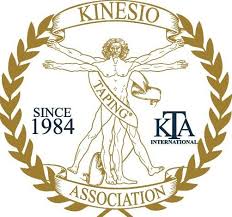Our doctors provide chiropractic services, acupuncture, and other health care treatments to promote healing, encourage overall wellness, and empower you and your family to live naturally. Are you recovering from an injury? Do pregnancy discomforts have you feeling less than glowing? Are you tired of suffering from back pain, stress, or other troublesome symptoms?
At Loehr Health Center, we’re ready to help.
NEW SERVICES: Loehr Health Center is proud to continuously offer new services to care for your family’s health. We’ve recently added the following services: counseling, EMDR therapy, athletic training, BirthFit, youth fitness training, TPI Golf Training, primary care, and regenerative medicine—including prolotherapy and PRP therapy.





















